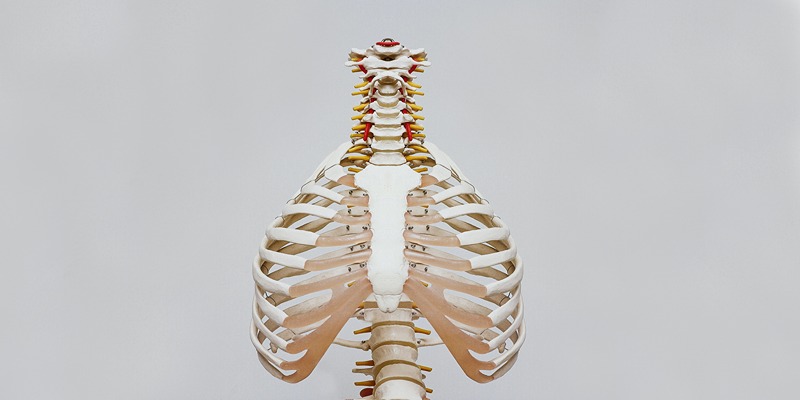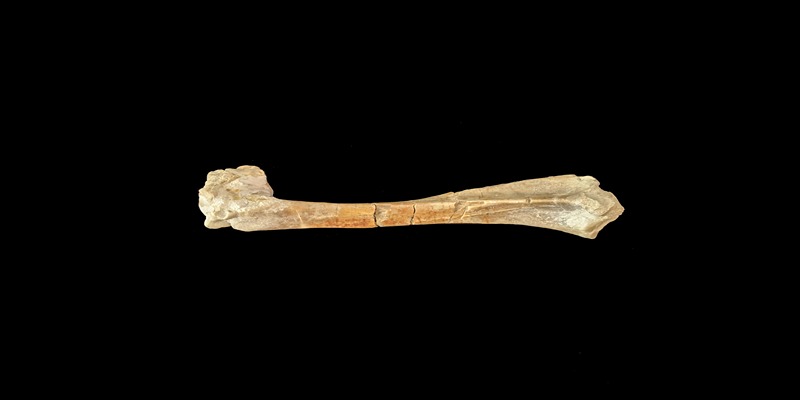The mere reference of the term "bone spurs" has the potential to elicit feelings of fear. Nevertheless, these osseous protuberances are more pervasive than one may see, and they often manifest inconspicuously on one's articulations or beside the vertebral column. However, what are the specific components or elements that they really encompass? Does this manifestation indicate a more severe underlying condition, or is it only a manifestation of the body's response to the natural process of aging? In this article, we will highlight the veracity surrounding bone spurs while dispelling prevalent misconceptions.

Bone Spur Facts: What They Really Are
Bone spurs are little protrusions of bone that often form in response to inflammation or trauma. Common sites of formation include the lumbar spine, thigh, hip, and foot bones. As we age, we tend to develop bone spurs more frequently. Growths may not display symptoms at first, but if they begin to press on neighboring bones or soft tissues, they may become painful.
Common Misconceptions
Symptoms and discomfort associated with bone spurs are among the most common misconceptions. Generally, bone spurs are found during unrelated medical examinations and don't cause any discomfort. It is also commonly believed that they can be scraped off simply by scrubbing. It is possible to remove a spur surgically; however, it is usually more beneficial to address the underlying cause.
Why Bone Spurs Are a Tricky Condition
Variability in Symptoms
There are several common misconceptions regarding bone spurs. The innately unpredictable nature of this condition's symptoms is one of its most confusing features. Osteophytes on people's joints or spines cause differing levels of discomfort; some people are extremely distressed by them, while others are not aware of them. It's interesting to note that the degree of pain is not always directly correlated with the size and position of the spur. The question of whether a spur's existence may irritate nearby structures is extremely important. As a result, two people may react differently to the same problem.
Diagnosing the Condition
The accidental discovery of bone spurs contributes to the enigmatic nature surrounding their occurrence. Individuals often discover their sickness after undergoing imaging tests such as X-rays or MRIs for unrelated purposes. This serendipitous discovery poses challenges in accurately quantifying the prevalence of bone spurs. Moreover, a considerable number of diagnoses are inadvertently established, leading to potential delays in treatment initiation or even hindering the achievement of optimal symptom management. In summary, the detection of bone spurs may not occur until an individual seeks medical attention for an unrelated condition.
Managing Bone Spurs; Relieving Symptoms and Enhancing Quality of Life
To ease the discomfort caused by bone spurs and enhance ones quality of life it is common to adopt an inclusive approach to treatment. Individuals facing discomfort or pain associated with bone spurs have a range of options including conventional medical methods as well as alternative therapies.
Conventional Treatment Options
Treating bone spurs often involves the use of injections and medications. For instance ibuprofen is an over the counter medicine that can be used to relieve pain and reduce inflammation. In some cases corticosteroids can be directly injected into the affected area to provide pain relief. However, if noninvasive treatments fail to improve the patient’s condition surgery may be necessary, as a last resort. During the surgery either the bone spur itself or any tissue damage caused by it will be taken care of.

Alternative Approaches
Acupuncture and herbal supplements have become popular alternatives to conventional medicine. Bone spur pain may be relieved by acupuncture's attempt to restore the body's qi (energy). Turmeric and ginger, for example, both have anti-inflammatory effects and might be helpful herbal remedies. Because of the potential for negative interactions with other drugs and health problems, it is essential to discuss the use of these therapies with a medical professional before beginning. Another option is physical therapy, which uses specific movements to improve mobility and minimize pain. Keep in mind that there is no "one size fits all" approach to therapy; the greatest outcomes often come from an individualized strategy.
The Road Ahead: Precautions and Lifestyle Changes
The majority of individuals possess the capacity to embrace a lifestyle that mitigates the intensity of bone spurs. The advantages of engaging in regular exercise, particularly exercises that prioritize the enhancement of flexibility and joint mobility, are of utmost importance and should not be underestimated. The implementation of a weight loss regimen often leads to a decrease in joint stress, which is often seen as a notable improvement in symptomatology. Symptoms have the potential to diminish via dietary adjustments that prioritize the consumption of anti-inflammatory foods such as fish, leafy greens, and berries. Wearing footwear that offers substantial support, particularly during ambulation, may be beneficial in managing the presence of bone spurs in the feet.
The Importance of Professional Medical Advice
It is not advisable to independently address the challenges posed by bone spurs, since doing so may carry potential risks and hazards. Medical experts have the ability to provide crucial insights into an individual's health status via their extensive training and use of diagnostic tools. These experts possess the knowledge and skills necessary to develop a comprehensive treatment plan that considers the individual's distinct symptoms and lifestyle.
By soliciting their counsel, one may get insights into therapeutic modalities, including pharmacological interventions or surgical interventions, that were previously disregarded. The guidance provided resembles a strategic blueprint that may effectively guide individuals towards improved well-being and a more satisfying way of life. Hence, it is essential to see a medical professional while managing bone spurs.
Conclusion
Acquiring knowledge serves as a formidable asset for navigating the challenges associated with bone spurs. There exist several therapeutic methods, both conventional and non-conventional, contingent upon the presence of discomfort or the individual's curiosity about the growths. Altering one's lifestyle has the potential to serve as a potent strategy in combating diseases. However, it is essential that a professional medical opinion be obtained in order to ensure an accurate diagnosis and appropriate therapy. Take appropriate action in response to the situation. To enhance one's quality of life and alleviate suffering, it is advisable to engage in informed decision-making by consulting with a medical professional.

DIY Face Clean Up: A Step-by-Step Guide
Nov 21, 2023

Diet For Psoriasis Sufferers: What To Eat And What To Avoid
Jan 13, 2024

Protein Debate: Plant-Based Versus Whey Protein - What's Better?
Feb 21, 2024

How Are Allergies Treated? Your Comprehensive Guide
Jan 15, 2024

Top Fresh Juices To Drink Early in the Morning For Health and Wealth!
Mar 27, 2024

Why a ketogenic diet doesn't really seem like a good idea?
Feb 22, 2024

A Comprehensive Guide For You to Check Your Skin’s Ph At Home
Mar 05, 2024

How Sleep Impacts Our Minds And Bodies: A Complete Understanding
Oct 15, 2024



